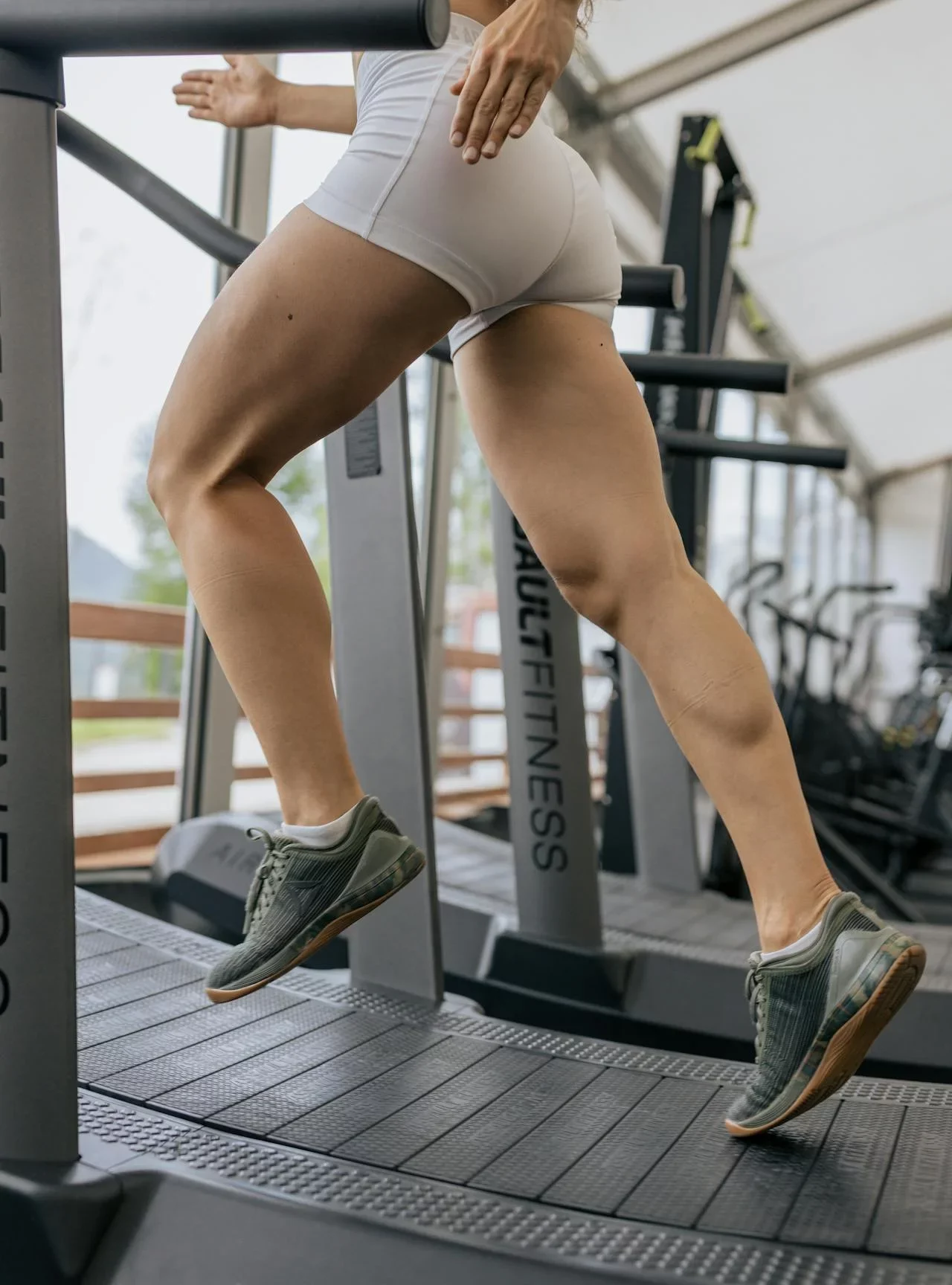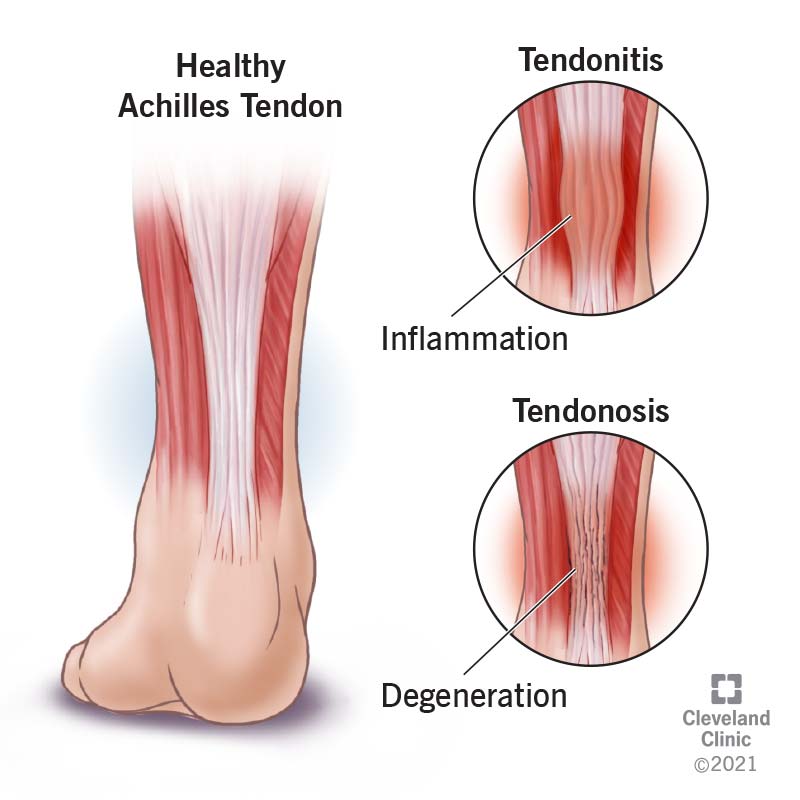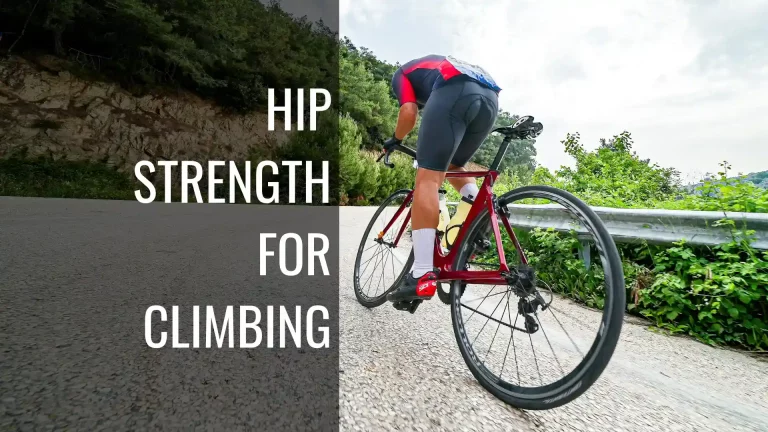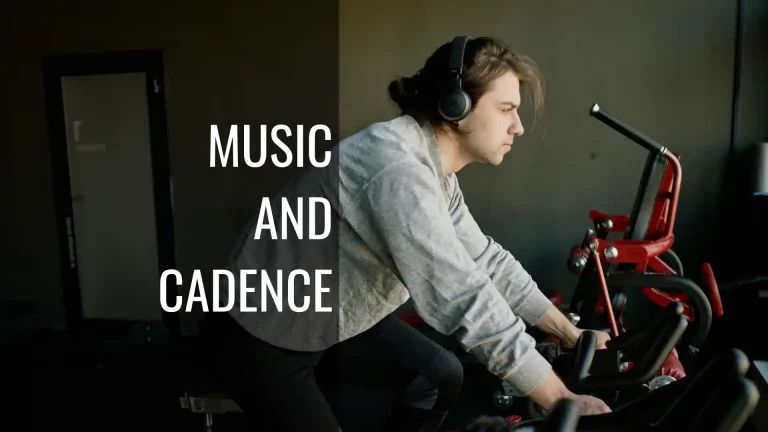
Achilles tendonitis is a common injury among cyclists, causing pain and inflammation in the tendon that connects the calf muscles to the heel bone. While it can be a frustrating setback, there are steps you can take to manage the condition and get back to biking pain-free. In this guide, we’ll explore the causes of Achilles tendonitis, the symptoms to look out for, and effective strategies for managing the condition. We’ll cover everything from proper bike fit and stretching techniques to icing and rehabilitation exercises, so you can keep cycling without pain.
Whether you’re a seasoned cyclist or a beginner, this guide will provide valuable insights and practical tips for managing Achilles tendonitis when biking. So, let’s dive in and get you back on the road to recovery!
Table of Contents
What is Achilles Tendonitis?
- Pain and stiffness along the Achilles tendon, especially in the morning or after periods of inactivity.
- Pain that worsens with activity or when standing on tiptoe.
- Swelling or thickening of the tendon.
- Tenderness when touching the tendon.
- Limited range of motion in the ankle.

How Strengthening the Calves Protects the Achilles Tendon
- Improved Shock Absorption – Strong calf muscles act as shock absorbers, helping to distribute the impact of each foot strike during activities like running or biking. This reduces stress on the Achilles tendon and lowers the risk of injury.
- Better Load Distribution – When your calf muscles are strong, they can handle more of the load during activities like cycling, reducing the strain on the Achilles tendon.
- Enhanced Flexibility – Strengthening your calves can improve flexibility in the ankle and foot, reducing the risk of tightness or strain on the Achilles tendon.
- Improved Stability – Strong calf muscles can help stabilize the ankle and foot, reducing the risk of injury and improving overall balance and coordination.
The Importance of Pedal Stroke
- Reduced Strain on the Achilles Tendon – A smooth, circular pedal stroke distributes the load more evenly across the lower body, reducing strain on the Achilles tendon. This is especially important when climbing hills or riding at a high intensity, which can put extra stress on the tendon.
- Improved Muscle Balance – Using a proper pedal stroke engages all the major muscles of the lower body, including the calves. This helps prevent muscle imbalances that can contribute to Achilles tendonitis.
- Better Bike Fit – A proper pedal stroke can help you identify and address any issues with your bike fit that may be contributing to Achilles tendonitis. For example, if you’re pedaling with your toes pointed down, it may be a sign that your saddle is too high, which can put extra strain on the Achilles tendon.
- Enhanced Cycling Technique – By focusing on your pedal stroke, you can improve your overall cycling technique and efficiency, which can help prevent overuse injuries like Achilles tendonitis.
Why Bike Fit is Crucial
Bike fit is crucial for preventing Achilles tendonitis because it ensures that your body is in the optimal position for pedaling, which can help reduce strain on the Achilles tendon. Here’s how:
- Proper Saddle Height – A saddle that is too high can cause your heel to drop too low while pedaling, which can strain the Achilles tendon. Conversely, a saddle that is too low can cause your knee to bend too much, which can also put extra stress on the tendon. A proper bike fit will ensure that your saddle is at the right height for your body and riding style.
- Correct Saddle Position – The fore-aft position of your saddle can also affect your pedaling technique and Achilles tendon health. A saddle that is too far forward can cause you to pedal with your toes pointed down, which can strain the tendon. A proper bike fit will ensure that your saddle is in the correct position to support a smooth, efficient pedal stroke.
- Appropriate Crank Length – Cranks that are too long can cause your knee to bend too much at the top of the pedal stroke, which can strain the Achilles tendon. A bike fit will help determine the appropriate crank length for your body and riding style.
- Correct Cleat Position – If you use clipless pedals, the position of your cleats can affect your pedaling technique and Achilles tendon health. Cleats that are too far forward can cause you to pedal with your toes pointed down, which can strain the tendon. A bike fit will ensure that your cleats are in the correct position to support a proper pedal stroke.
How to Choose the Right Footwear to Protect the Achilles
- Proper Arch Support – Choose cycling shoes or insoles with proper arch support to help distribute pressure evenly across the foot and reduce strain on the Achilles tendon.
- Adequate Cushioning – Look for shoes or insoles with adequate cushioning to absorb shock and reduce impact on the Achilles tendon.
- Snug Fit – Make sure your shoes fit snugly but not too tightly, as shoes that are too loose can cause your foot to slide around and put extra stress on the Achilles tendon.
- Stiff Sole – Choose cycling shoes with a stiff sole to provide a stable platform for pedaling and reduce flexion in the foot, which can strain the Achilles tendon.
- Breathability – Look for shoes made from breathable materials that allow air to circulate and prevent your feet from getting too hot and sweaty, which can contribute to inflammation and discomfort in the Achilles tendon.
To Your Pain-Free Biking
Managing Achilles tendonitis when biking requires a combination of proper bike fit, footwear, and pedaling technique, along with rest and rehabilitation exercises as needed. By taking steps to prevent and manage Achilles tendonitis, you can enjoy comfortable, pain-free cycling and avoid more serious injuries down the road. Remember, it’s important to listen to your body and seek medical attention if you experience persistent pain or discomfort. With the right approach, you can keep your Achilles tendon healthy and keep riding strong for years to come. Happy cycling!
I hope you found this post useful! Please check out my other personal training tips and solutions or recovery foods posts as well. You can also listen to our podcast on injuries and prevention.
Sources:
https://www.mayoclinic.org/diseases-conditions/achilles-tendinitis/symptoms-causes/syc-20369020
https://www.foothealthfacts.org/conditions/achilles-tendon-disorders




[…] Please check out my other posts on cycling and tips & solutions as well. This post on Achilles Tendonitis or soleus muscle pain might be a relevant read. And a related podcast on hydration you can […]